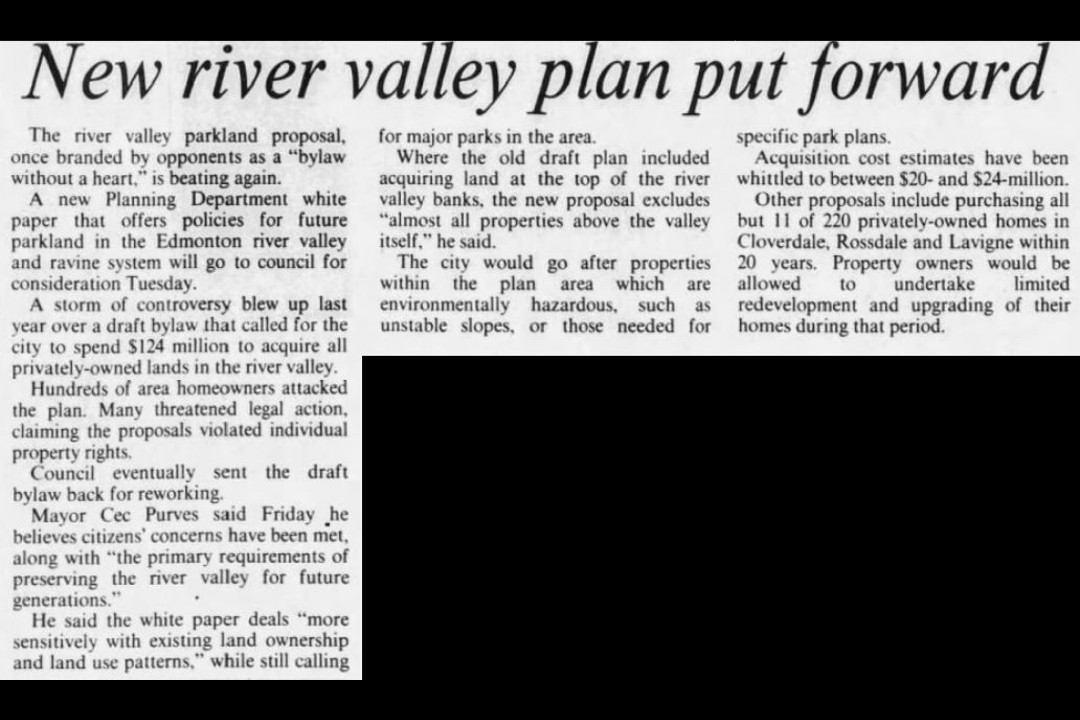
Elev and Five Oaks launch student housing project called The Hive
Student-housing matchmaker Elev has teamed with renowned architect Gene Dub's Five Oaks Inc. to open a housing development for students in the Quarters called The Hive.
Elev's team met Dub through mutual connections and successfully pitched him a concept for communal student living. Dub's Five Oaks owns The Hive, and Elev manages rentals for the building, which used to be the Salvation Army Centre of Hope. It's located at 9611 102 Avenue NW, directly adjacent to the Quarters stop on the Valley Line LRT. The building has 120 single-occupant units, of which 64 should be available for move-in by Oct. 1. Students across Edmonton's post-secondary landscape are eligible for tenancy, and rent starts at $588 per month.
Five Oaks invested about $1.2 million to convert the building from its former role as supportive housing to a student dormitory as of late August, Jean Bruce Koua, a co-founder of Elev and its COO told Taproot. "When it comes to the work that's been done, it has been very much guided by us, and when I say 'us,' it's actually been the feedback that we have received from students," Koua said. "We had multiple focus groups … the three things that (stood out were) the design of the rooms, the safety and, of course, the community."
Koua and others with Elev worked to address these concerns. The rooms in The Hive are small and don't have en suite bathrooms — much like dorms. But the rooms are furnished, so the project partners worked to maximize the space. Security was improved by installing new lighting and consulting with Edmonton Transit Service about the system's safety resources to educate residents on their options. Meanwhile, the design of the communal kitchens, lounge spaces, and study areas focused on allowing students to intermingle.
The communal living at the development differs from other on-campus dorms. At The Hive, students from the University of Alberta, MacEwan University, NAIT, and beyond are more likely to meet people from outside their own institution. Koua described this as part of a long-term dream he has to create a student village.
"(It's) essentially having an extra space downtown here in Edmonton where not only do you have access to housing, but you also have access to other professional services that are beneficial to students," he said. "We really want to have students come and live in that area to generate more traffic and movement, and just have people rejuvenate the space."
Koua didn't outline what professional services he has in mind, but said Dub is on the same page about overall rejuvenation in the Quarters.
Dub, one of two principals at Dub Architects, the firm with projects that include Edmonton City Hall, owns several properties in the Quarters, including the City Market Apartments and the Great Western Garment Building. In March, he spoke about how challenging it's been to energize development in the Quarters. "It's going to take a large development (to) change the character of the area or several projects in concert with each other," Dub said to The Globe and Mail.






